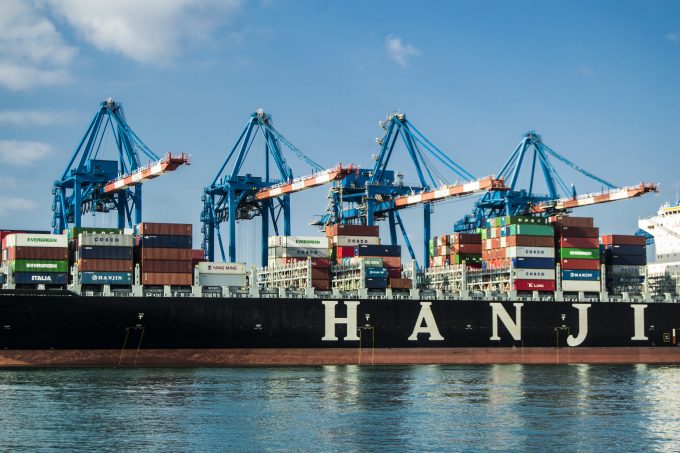Insight into Intra-Americas: South America-North America
Airfreight volume from Central and South America to North America has declined in low single ...

The new alliance set up and the launch of three independent services, combined with a weak start to the year for demand on the headhaul, does not augur well for Asia-US west coast annual contract negotiations, according to consultant Drewry.
It calculates that the new alliance structures, ...

Comment on this article